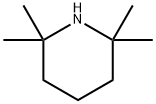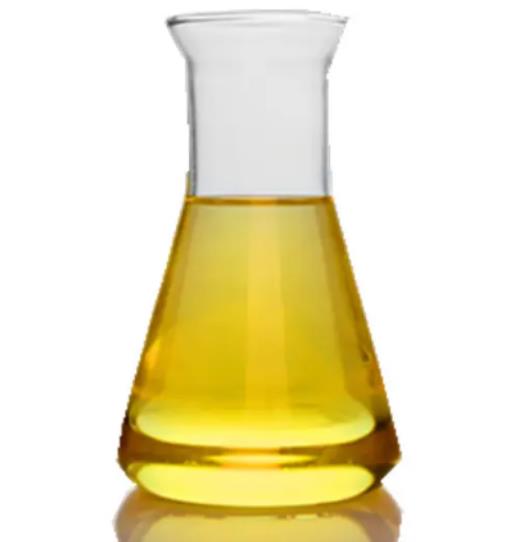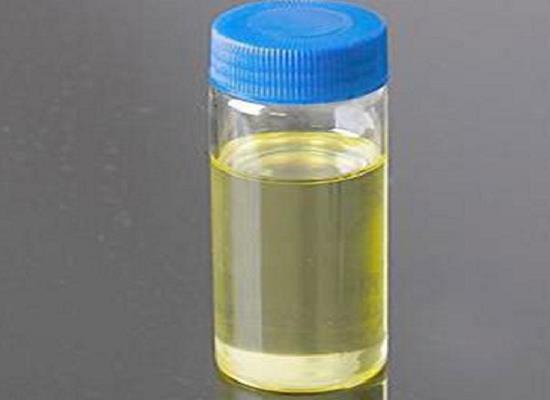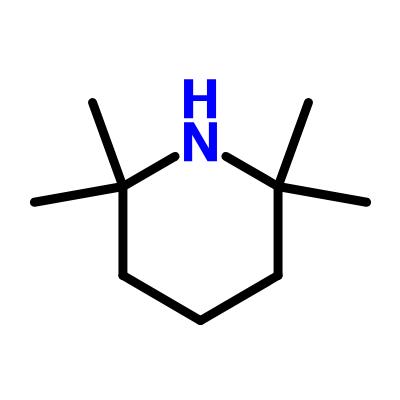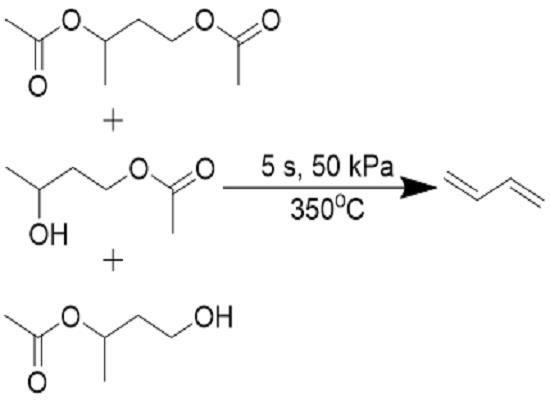2,2,6,6-Tetramethylpiperidine: properties, synthesis and applications in organic synthesis
General Description
2,2,6,6-Tetramethylpiperidine is a colorless liquid organic base with moderate basicity, characterized by a sterically hindered nitrogen atom. It has a broad temperature stability range, with a boiling point of 152°C and a melting point of -59°C. TMP is soluble in many organic solvents and slightly soluble in water. It is synthesized via dehydration of tetraalkylpyridines using metal oxide catalysts. In organic synthesis, 2,2,6,6-Tetramethylpiperidine is a valuable reagent for deprotonation reactions and formation of TMP-lithium complexes for sensitive substrate metalation. Its derivatives, like TEMPO, are crucial for selective oxidation processes in alcohol to aldehyde/ketone conversions.
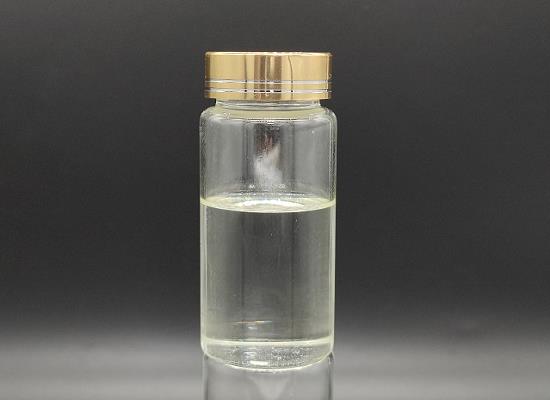
Figure 1. 2,2,6,6-Tetramethylpiperidine
Properties
2,2,6,6-Tetramethylpiperidine is a chemical compound with the molecular formula C9H19N. It is an organic base and exists as a colorless liquid at room temperature. 2,2,6,6-Tetramethylpiperidine has a boiling point of approximately 152°C and a melting point around -59°C, showcasing its stability over a wide range of temperatures. This compound is slightly soluble in water, but it is readily soluble in organic solvents such as ethanol, diethyl ether, and chloroform. The structural uniqueness of 2,2,6,6-Tetramethylpiperidine lies in its sterically hindered nitrogen atom, due to the presence of four methyl groups. This steric hindrance imparts significant chemical stability and reduces the reactivity of the nitrogen, making it a less nucleophilic and weaker base compared to other aliphatic amines. Its pKa is about 10.75, indicating a moderate basicity. In the realm of synthetic chemistry, it is frequently utilized as a precursor or a reagent. It serves as a starting material in the synthesis of hindered amine light stabilizers (HALS), which are important additives in polymers to protect them from degradation caused by exposure to ultraviolet light. 2,2,6,6-Tetramethylpiperidine's robustness and moderate basicity make it valuable in various chemical reactions where controlled reactivity is desired. It is also used as a ligand in coordination chemistry due to its ability to donate electrons and form complexes with metal ions. 1
Synthesis
The synthesis of 2,2,6,6-Tetramethylpiperidine from a compound of 1,2,3,6-tetrahydro-2,2,6,6-tetraalkylpyridines involves a dehydration process. In this process, the compound of 1,2,3,6-tetrahydro-2,2,6,6-tetraalkylpyridines is subjected to dehydration either as an aqueous solution or suspension, or as an atomized melt in conjunction with water vapor. This reaction is conducted at temperatures above 150°C using a metal oxide or semimetal oxide catalyst. The substituents R1, R2, R3, and R4 are each independently selected from C1-C4 alkyl groups, while R5 can be hydrogen (H) or methyl (CH3), and R6 can be hydrogen or a C1-C18 alkyl group. After the initial dehydration step, the compound of 2,2,6,6-Tetramethylpiperidine can undergo further chemical transformation. Specifically, it can be hydrated and then oxidized to form the corresponding N-oxyl derivatives. These N-oxyl derivatives are important in various chemical applications, including use as radical initiators or as stabilizers in different industrial processes. The choice of the metal oxide or semimetal oxide catalyst is crucial for the efficiency of the dehydration step, as it affects the reaction rate and selectivity towards the desired TMP product. Common catalysts used for such reactions include alumina (Al2O3), silica (SiO2), or mixed oxides. 2
Application in organic synthesis
2,2,6,6-Tetramethylpiperidine is a versatile organic compound that plays a significant role in organic synthesis. It serves as a base in various chemical reactions due to its sterically hindered and non-nucleophilic nature. TMP is particularly useful in deprotonation reactions where it can selectively abstract protons from acidic carbon atoms, thus enabling the formation of carbanions which can then participate in further synthetic transformations. In addition, 2,2,6,6-Tetramethylpiperidine is utilized in the preparation of TMP-lithium complexes, which are valuable reagents for metalation of sensitive substrates that require mild conditions. Furthermore, 2,2,6,6-Tetramethylpiperidine derivatives, such as 2,2,6,6-tetramethylpiperidin-1-oxyl (TEMPO), are extensively used as stable free radical species in oxidation reactions, especially in the selective oxidation of alcohols to aldehydes or ketones. The stability and reactivity of 2,2,6,6-Tetramethylpiperidine-based reagents make them indispensable tools in the arsenal of modern organic chemists for constructing complex molecular architectures. 3,4
Reference
1. 2,2,6,6-Tetramethylpiperidine. National Center for Biotechnology Information, 2023, PubChem Compound Summary for CID 13035.
2. Preparation of 2,2,6,6-tetraalkylpiperidin-1-oxyls via 1,2,3,6-tetrahydro-2,2,6,6-tetraalkylpyridines. 2000, Patent Number: WO2000046202.
3. Hodgson DM, Fleming MJ, Stanway SJ. The reactivity of epoxides with lithium 2,2,6,6-tetramethylpiperidide in combination with organolithiums or grignard reagents. J Org Chem. 2007 Jun 22;72(13):4763-4773.
4. Li G, Wang Y, Yu F, Lei Y, Hu Z. Deep oxidization of glucose driven by 4-acetamido-TEMPO for a glucose fuel cell at room temperature. Chem Commun (Camb). 2021 Apr 22;57(33):4051-4054.
Related articles And Qustion
See also
Lastest Price from 2,2,6,6-Tetramethylpiperidine manufacturers

US $0.00/KG2025-04-16
- CAS:
- 768-66-1
- Min. Order:
- 25KG
- Purity:
- ≥99.0%
- Supply Ability:
- 5tons
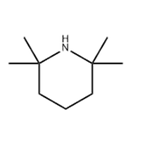
US $0.00-0.00/KG2025-04-04
- CAS:
- 768-66-1
- Min. Order:
- 1KG
- Purity:
- 98%
- Supply Ability:
- 1ton
